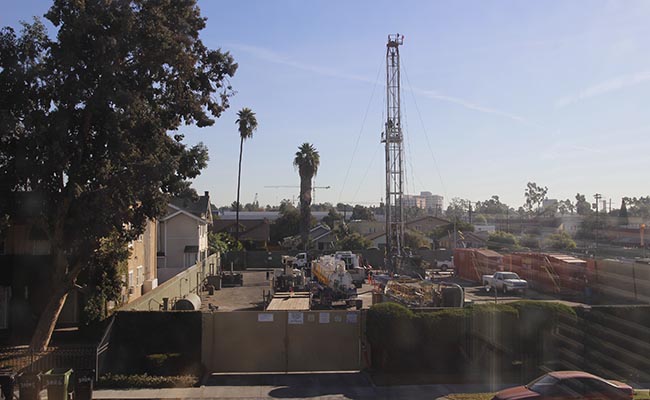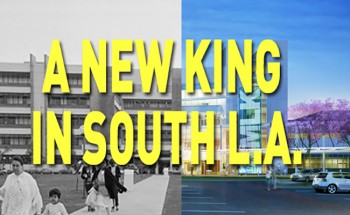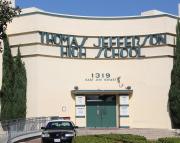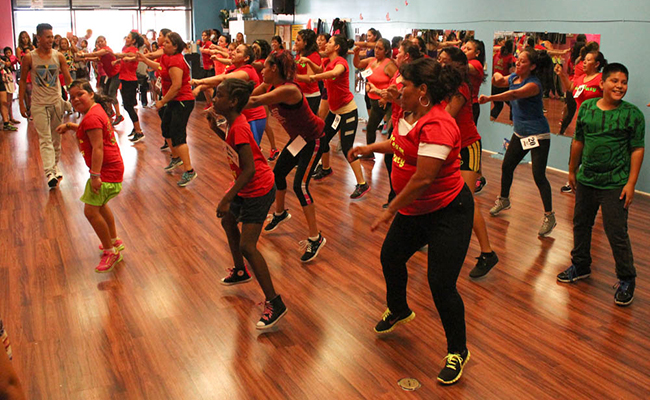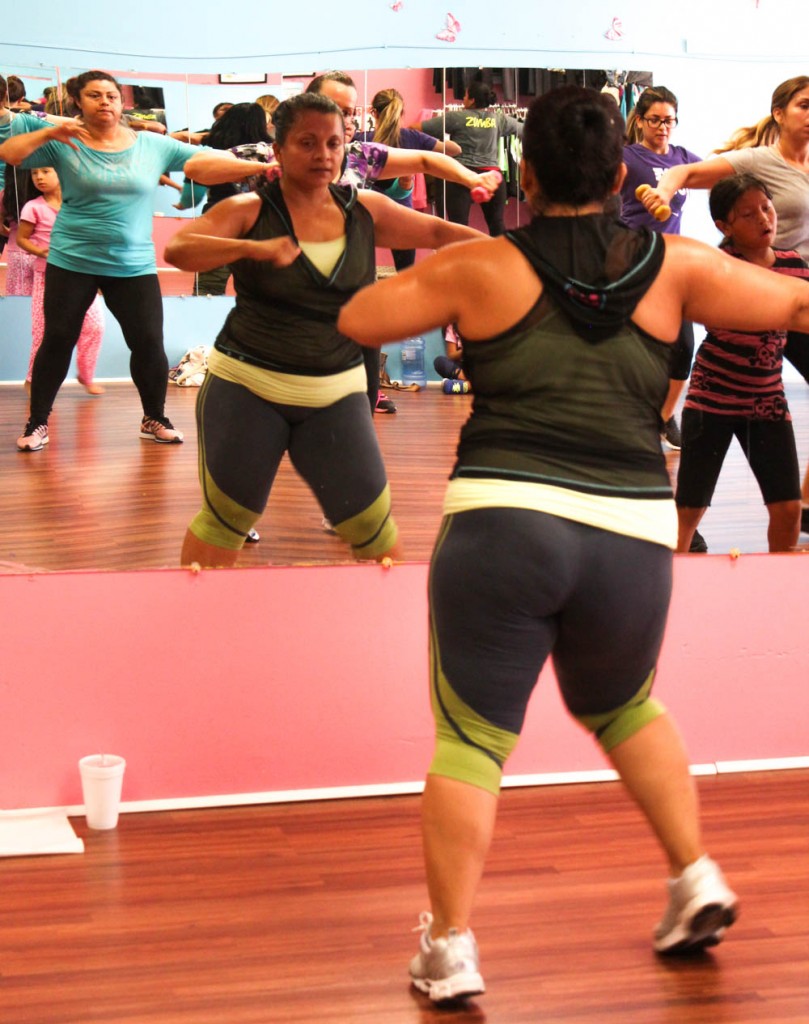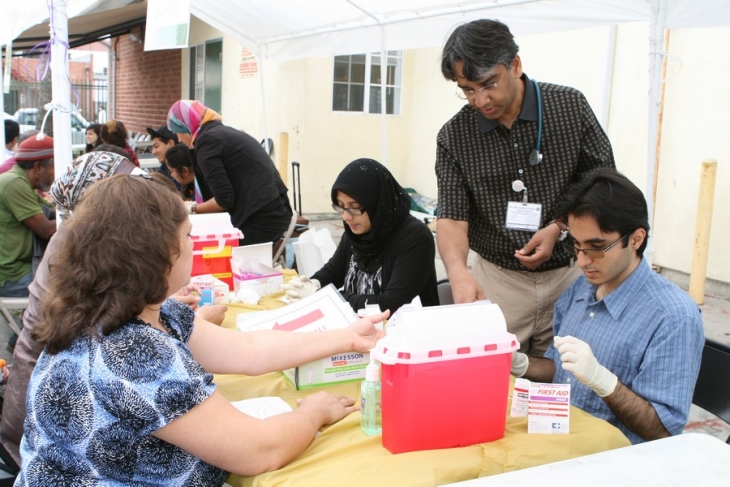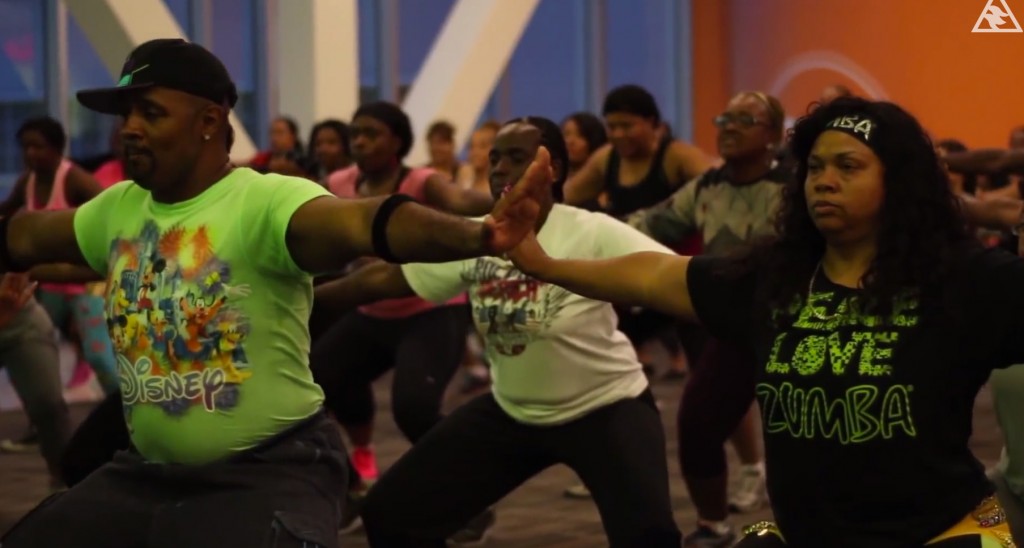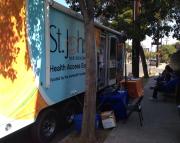
Fremont High School senior Xiaxiang English served a chard-based salad to to the U.S. Surgeon General Friday. | Marisa Zocco, Intersections South L.A.
What happens when an aspiring teen chef from South L.A. meets the U.S. Surgeon General?
Fremont High School senior Xiaxiang English stood alongside U.S. Surgeon General Dr. Vivek Murthy on Friday, promoting nutrition and access to fresh fruits and vegetables as a preventive health measure. (Los Angeles Times)
Did you buy a Powerball Ticket in South LA? Claim your $866k prize!
The California Lottery announced Thursday that a winning lottery ticket purchased at a Florence neighborhood meat market in South L.A. remains unclaimed. (MyNewsLA.com)
Renata Simril to succeed Anita DeFrantz as head of LA84 Foundation
Former Dodger and LA Times executive Renata Simril was announced the CEO of LA84 Foundation on Wednesday. The foundation is endowed with 40 percent of the surplus of the 1984 Olympic Games and has funded more than $225 million in grants to support youth sports programs in Southern California. (MyNewsLA.com)









